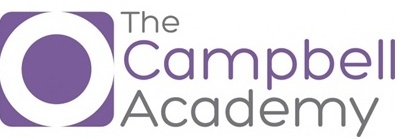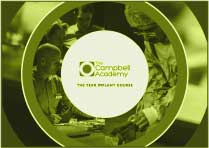
Reporting CBCT’s in dentistry is difficult.
You have many barriers to over come to learn how to do this, not least the multitudes of platforms you can report scans on, the time it takes to practice reporting them, the number you need to report to get good at it, the expertise you have to touch upon and pull upon to help you in times when you can’t see what’s going on or the lack of guidance there is to this.
It turns out that the more I talk to people and go to other practices or get sent things from other people then the less it seems that people know how to do this. That is staggering and frightening.
There are clearly scans being pushed out of people’s practices, because they’ve got a scan for £99 a time on a blank CD, unreported to practitioners who don’t know how to report them and that frankly is an outrage and a front to our professionalism.
So here’s a link to a CT scan that has been opened by me and voiced over by me, you can see it here. Have a listen if you want, it’s a Sirona scan for a patient who is going to have implants at our practice. It’s quite straightforward and standard; it’s just a description of how to use the Sirona software for the guys who come on our CBCT course. We also do these for Carestream scans and for the next course we will probably do them for other third party software versions. It’s one of the aids we use to try and help people learn to report scans and navigate their way through their own scans. We give 20 of these away to the delegates on the course and ask them to report them and we have them marked and signed off.
This is in conjunction with Professor Michael Bornstein from the University of Hong Kong who will go over reporting the medicine in dental factors in scans and how to apply that to your own practice, together with regulations etc. and case studies of specific different aspects of scanning in practice.
There is no substitute though for practicing and so you then have to take the knowledge that you learn from this and then practice. You need to have somewhere where you can return back to, to ask if you find something that is unusual on a scan. Someone that you trust, that you can send a scan shot to and for free someone to give you a heads up and make sure you are not in the wrong place. The final thing is you need to know what kit to buy that suits your practice if you haven’t already bought one. If you have bought one, you need to know how to make that kit work best for you. There are now some scanners to probably avoid and some scanners you will be attracted to, some companies who don’t provide support and some companies that do. This is all really useful information as you set out on your journey but if you are going to continue in implant dentistry in the UK at least, then you are going to need one of these machines before long.
Blog post number: 1378







Leave a comment